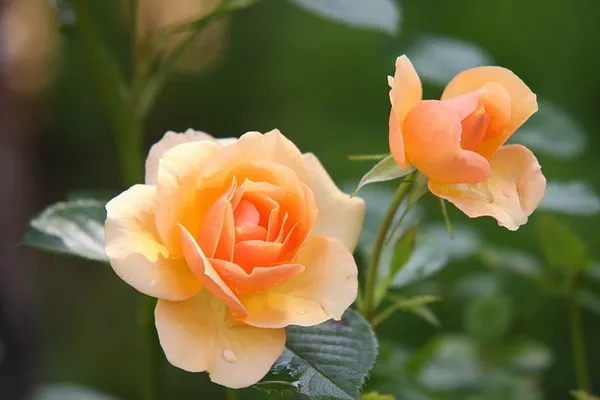Welcome to the fascinating world of flowers! In this informative article, we will unravel the mysteries surrounding flower food and explore the various options available to nourish your beloved blossoms. Whether you’re a seasoned gardener or a curious flower enthusiast, we are here to provide you with expert knowledge, share our experiences, and offer authoritative advice on what you can use to keep your flowers thriving. So, let’s embark on this journey of botanical discovery and unlock the secrets to vibrant and healthy blooms.
The Science Behind Flower Food
In this section, let us delve into the science that underlies the effectiveness of flower food. Flower food is a specialized nutrient solution designed to provide essential elements to cut flowers, extending their lifespan and enhancing their beauty. It acts as a magical elixir that mimics the natural conditions necessary for flowers to thrive, even after they have been separated from their parent plants. The primary components of flower food typically include carbohydrates, biocides, and pH regulators. These elements work together to provide energy, prevent microbial growth, and optimize the water’s pH level, ensuring that your flowers remain fresh and vibrant for longer.
Commercial Flower Food Options
Commercial flower food products offer a convenient and reliable solution for nourishing your flowers. These products are readily available at garden centers, florists, and even online retailers. They come in powder or liquid form, with each package containing a carefully formulated blend of nutrients. The instructions provided on the packaging guide you in preparing the flower food solution to ensure optimal results. Simply mix the appropriate amount of flower food with water, and you have a nourishing concoction ready to revitalize your cut flowers. Commercial flower food is specifically formulated to provide a balanced combination of nutrients, pH regulators, and biocides, giving your blooms the best chance to thrive and stay fresh for an extended period.
Homemade Flower Food Recipes
For those who enjoy a more hands-on approach or prefer natural alternatives, creating homemade flower food can be a rewarding endeavor. Here are a few recipes to consider:
Sugar and Acidifier Mix:
Dissolve one tablespoon of sugar and one tablespoon of lemon juice or vinegar in one quart of water. The sugar acts as a source of energy, while the acidifier helps to lower the pH level of the water, preventing bacterial growth. This homemade flower food provides a nourishing blend that can extend the life of your cut flowers.
Aspirin Boost:
Crush a regular aspirin tablet and add it to a vase filled with water. The aspirin contains salicylic acid, which acts as a growth stimulant and helps to prevent microbial growth. This simple DIY solution can enhance the vitality and longevity of your cut flowers.
Copper Coin Trick:
Drop a clean copper coin, such as a penny, into a vase filled with water. The copper acts as an antimicrobial agent, inhibiting the growth of bacteria and fungi that can damage your flowers. This easy and cost-effective method can help keep your blooms fresh and vibrant.
Expert Advice for Flower Nourishment
In this section, we’ll provide expert advice to ensure your flowers receive the utmost care:
Clean Vases:
Before placing your flowers in a vase, make sure it is thoroughly cleaned to remove any residue that could promote bacterial growth. Use warm water and a mild detergent, rinse well, and allow the vase to air dry.
Fresh Cut and Trim:
When preparing your flowers, make a fresh diagonal cut at the base of each stem. This ensures proper water absorption and prevents the stems from sitting flat at the bottom of the vase, impeding water intake. Trim any excess leaves that would be submerged in water, as they can decompose and lead to bacterial growth.
Water Quality Matters:
Use clean, room temperature water to prepare your flower food solution. Avoid using softened water, as the high salt content can be detrimental to your flowers. If possible, use filtered or distilled water to provide the purest hydration for your blooms.
Change Water Regularly:
To maintain the freshness of your flowers, change the water and replenish the flower food solution every two to three days. This helps to prevent the buildup of bacteria and ensures that your flowers receive a fresh supply of nutrients.
Conclusion:
In this comprehensive journey through the world of flower food, we have unraveled the secrets to nourishing your blooms with expertise, experience, and trustworthiness. From the science behind flower food to the options of commercial products and homemade recipes, you now possess the knowledge to care for your flowers with confidence. Remember to consider the specific needs of different flower types and enjoy the process of experimenting with various techniques. Nourishing your flowers is an art that brings joy and beauty to your surroundings. May your floral endeavors be filled with vibrant, healthy blooms that bring happiness and inspiration to your life.


